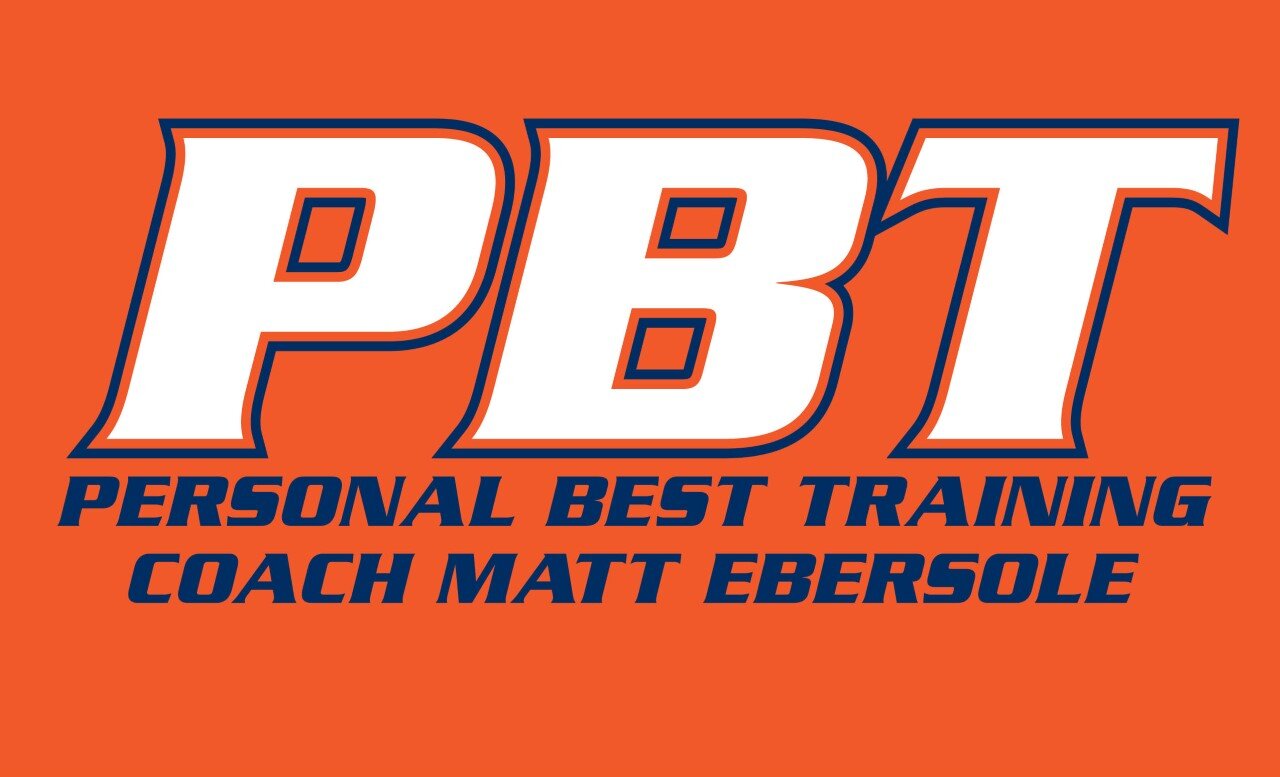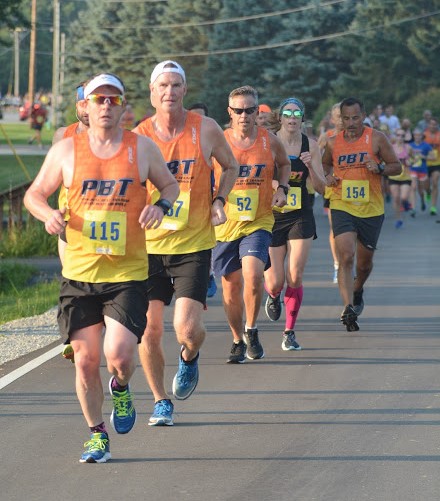Get in line and work together for faster times.
If you take a look at world records and the PR's of average runners, it does not take long to recognize the common denominator is good pacing. That is why when world records and PR's are attempted skilled pacers and employed. We know that the best way to run fast is to run even or slightly negative splits (faster at the end). You can visualize setting a treadmill to the fastest pace you can maintain and then speed up at the end to make sure your legs and lungs have been maxed. Applying those conditions in the real world on the road or track is more challenging, but it is the goal. The real trick comes when the pacing is not as smooth as desired or you hit a rough patch and need to back off a little to get back under control. Using our treadmill visual, what happens when you hit a hill on a road course? If you are not racing on the track it is unrealistic to think every split should be the same. The elevation changes and even the turns of the course along with the wind and the timing of aid stations will dictate some splits will be faster than others. Otherwise, to maintain that nice even pacing you will have to spike your effort and unless you are very close to the end, you have to slow to recover. If you could do all of that without changing speed, then the overall speed is slower than your maximum maintainable speed. You will have to make decisions along the way of when to slow and when to speed to net a even pace. Perhaps you watched the Breaking 2:00 documentary and saw the lighted pace line. It would be great to have one of those so after each slower segment you had a clear goal of the line to pull back.
Not many things that have ruined more races than being committed to a pace at all cost. Pace is simply a measurement of effort. We all know that some days are better than others in how we feel or in the conditions. Yet, it seems on race day many will ignore this knowledge and go full speed ahead with goal pace despite suspecting and then knowing it is not going to be an A+ day. This is the easiest way to go from missing a goal by a small margin to a full blown crash and burn. Amazingly enough there are many days when backing off a little early allows your body to come around to having a great day after all. You know this happens during training so you know it can happen on race day.
So let’s figure out the best way to use a pace group to help you give your best effort on race day. Remember there is no rule that you must start or even finish with you chosen pace group. Use it for the part of the race you need. You might just need help holding back the first couple of miles or need someone to chase and pass towards the end of the race. When in doubt about the pace stay relaxed and keep putting miles in the bank. A few more miles into the race and you may now be confident your legs feel good enough and you have enough fuel to speed up and make it to the finish.
Most pacers are running significantly slower than they race so it may take a mile or two for them to get in the right rhythm. Trust yourself if it feels too fast and sit back and keep them in sight until the pace settles down. Avoid any big moves to catch the group. A comfortable pace is no longer comfortable after a big surge to catch up.
Remember you alone are responsible for your pace. If it is too fast or too slow you need to adjust on your own don’t let anyone else determine your race. It will be no consolation to have someone to blame if your race heads south because of bad pacing. Run smart and run hard and good things happen!
This year’s Indy Half Marathon, Monumental Marathon & Half Marathon Pace Teams are almost set. There are perks for being a pacer and even bigger ones for pacing an Olympic Trials standard. Please apply at Pacers Wanted if you are interested in learning more.

